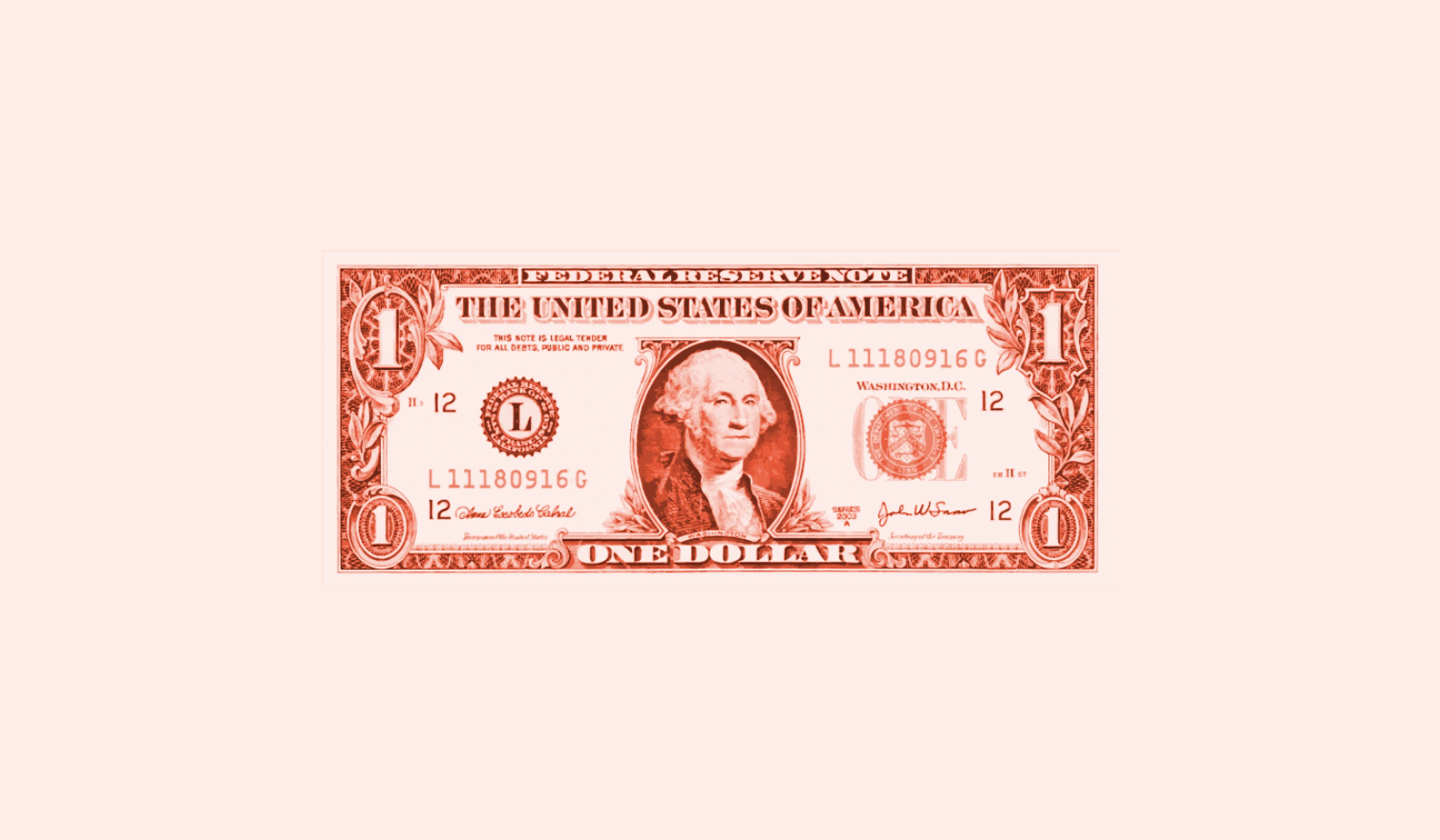The difference between B2B BNPL and payment gateways

Stay up-to-date with the latest from Capchase
How does a business-to-business buy-now-pay-later (B2B BNPL) platform differ from a payment gateway?
In today’s short post, we’ll explore the differences and similarities between a B2B BNPL checkout and a payment gateway, and why a B2B BNPL platform can be a great choice for B2B SaaS companies looking to power growth and close more deals.
Both BNPL and payment gateways play a role in facilitating transactions between sellers and buyers.
Missed our first two posts of what BNPL is and how it differs in B2B from B2C?
What is a payment gateway?
A payment gateway (think Stripe, Plaid, or GoCardless) is a type of platform that powers a digital payment experience. These platforms are heavily-secured and provide a smooth checkout to customers. They act as like an intermediary between the merchant’s website and the financial institutions involved, transmitting the transaction information back and forth.
Payment gateways support various payment methods, including credit and debit cards, digital wallets and buy-now-pay-later (BNPL). In fact, Stripe selected Capchase Pay to be its first BNPL payment method in their United States market, making it possible for businesses who use Stripe, to offer Capchase Pay as a monthly payment option to their customers while they get paid the annual contract value upfront.
Remind me what BNPL is again?
BNPL is a financing option that allows buyers to purchase goods or services immediately and pay for them later with delayed terms or through installments. In B2B SaaS, typically these installments are spread into monthly or quarterly payments across the duration of their contract. But, in business purchases, contract structures can become complex and BNPL solutions need to be able to handle that payment schedule configuration.

What are some of the key differences?
- While both payment gateways and BNPL solutions offer digital checkout, or payment experiences, payment gateways do not offer credit, rather they only facilitate the immediate transfer of funds from the customer to the merchant.
Understanding this difference is crucial for businesses aiming to optimize their cash flow (and decrease the weight and burden of what’s outstanding) and at the same time, enhance their customers’ payment experience by offering flexibility.
- Another difference is that payment gateways rely on banks to handle credit risk and fraud prevention, while BNPL providers assume the credit risk associated with financing the contract. BNPL providers assess the risk of the buyer in advance to offering the payment method and manage the collection of the installment or delayed payments.
- A third difference is that payment gateways contribute to customer satisfaction by enabling the merchant to offer a seamless and secure digital payment experience, but they do not directly influence the purchasing decisions. Whereas BNPL solutions can significantly impact buyer behavior by lowering the barrier to purchase, and in many cases increasing the contract value and close rate for the business.
How the B2B BNPL flow goes
Qualifying buyers for flexible payments
In the B2B space, BNPL solutions should qualify buyers ahead of a Vendor offering the payment method to avoid any confusion or negative experience for the buyer.
For example, Capchase Pay deploys a risk assessment that occurs behind-the-scenes without even asking the buyer themselves for any data. This review is evaluating the legitimacy and good-standing of the business using public information combined with our proprietary underwriting process. Crucially, this review and approval process is incredibly quick, allowing businesses to incorporate it into their sales process seamlessly.
Creating the payment link with different term options
Capchase Pay seamlessly integrates with a business’ current processes and systems such as their CRM and CPQ to ensure an easy process for the sales team to create flexible term options aligned to their quote or offer, and at the same time giving the finance team streamlined control over what those options are.
These flexible payment options can be shared with a buyer via a payment link sent via text, email, or in the contract itself. It can also be incorporated into your digital checkout experience if your buyers can purchase directly from your website without having a sales representative create them a quote.
Either way, buyers can sign their contract and easily choose their payment frequency, timing, and preferred payment method all in one fell swoop.
Taking billing and collection burdens off your plate
After your customer is approved and your deal is closed, Capchase manages the collections on your behalf. No more billing pains or chasing payments for your finance team. Capchase provides stand-out customer service and communication throughout the payment experience and even offers a robust Pay Portal for your buyers to manage their installment payments in real-time.
And no matter what payment options your customer selects, you get paid upfront
Cash is king and time is money. Capchase Pay is here to make sure you can make the most of it now, instead of it being tied up in collections for later.
Intrigued yet? See what our customers have to say about using it.





